Our Beautiful Planet: Photos from Columbia Climate School (2023 Edition)
On Earth Day and every day, Columbia Climate School is working to understand our planet and promote more sustainable ways of living and doing business.
By
Columbia Climate School
April 19, 2023
On Earth Day and every day, Columbia Climate School is working to understand our planet and promote more sustainable ways of living and doing business. The photos below — shared by researchers and scholars from across the Climate School and Columbia University — remind us how beautiful our planet is, and that if we dedicate ourselves to working together, we can keep it that way.
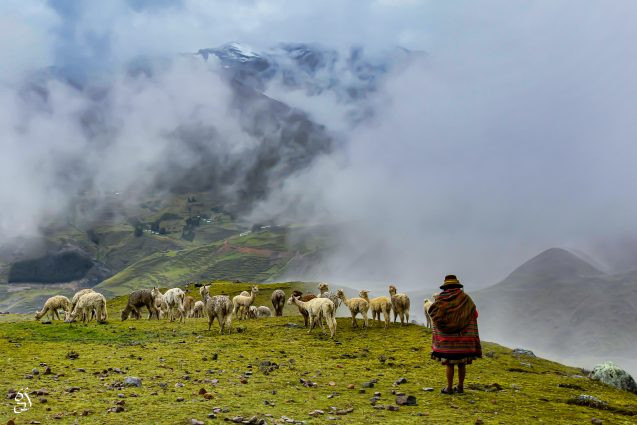
A shepherdess watches over her herd of alpacas in the Peruvian Andes in the Sacred Valley as a fog, which is a common occurrence during the wet season, engulfs part of the mountains. This picture was taken in March 2019. Credit: Gautam Jain, Center on Global Energy Policy
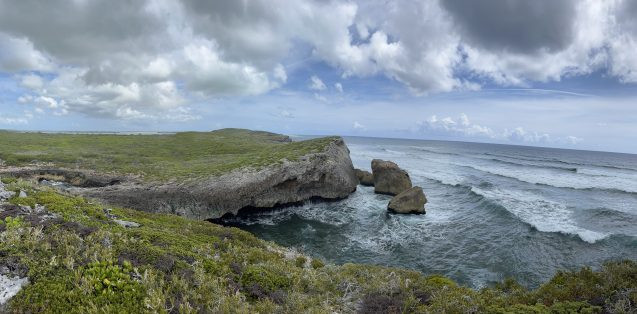
Waves off the Atlantic Ocean slowly take fossilized carbonate dunes back to sea in Middle Caicos, Turks and Caicos Islands, June 2022. Credit: William D’Andrea, Lamont-Doherty Earth Observatory
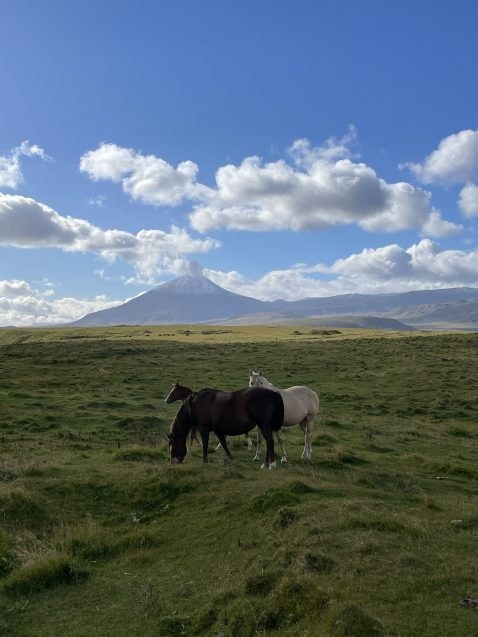
Wild horses on the flanks of Okmok volcano, Aleutian Islands, Alaska. Credit: Einat Lev, Lamont-Doherty Earth Observatory
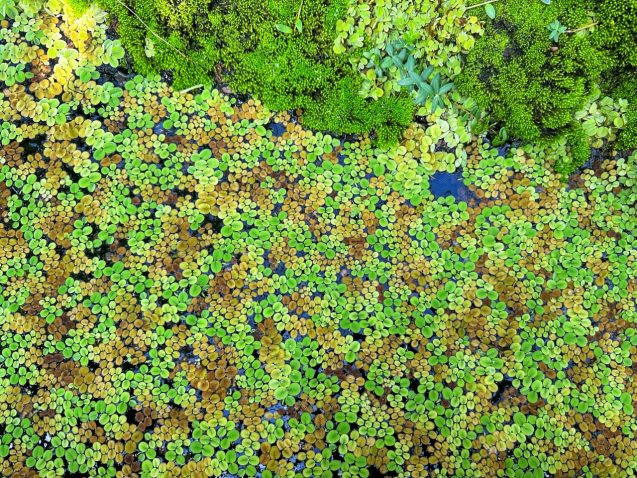
Water Plants at the Brooklyn Botanic Gardens. Credit: Joey Parr, Columbia Climate School
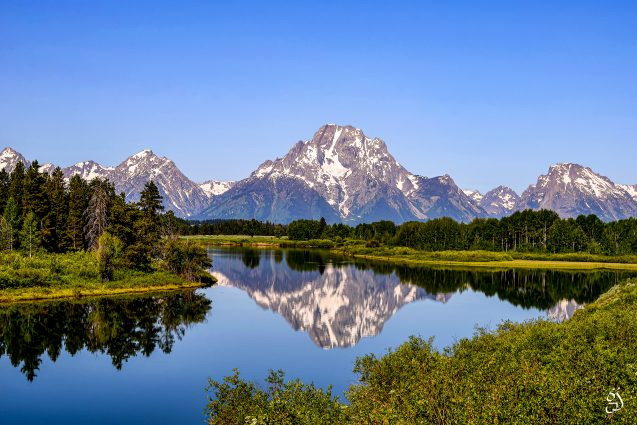
Mirrored Mountains: Mountains of Teton range reflecting in a pond at Oxbow Bend in Grand Teton National Park. This picture was taken in July 2017. Credit: Gautam Jain, Center on Global Energy Policy
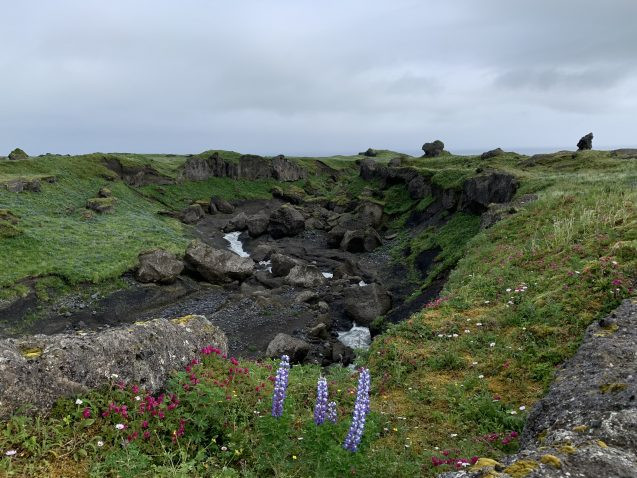
Wildflowers next to stream on flanks of Okmok volcano, Umnak Island, Alaska, July 2021. Cedit: Jasper Baur, Lamont-Doherty Earth Observatory
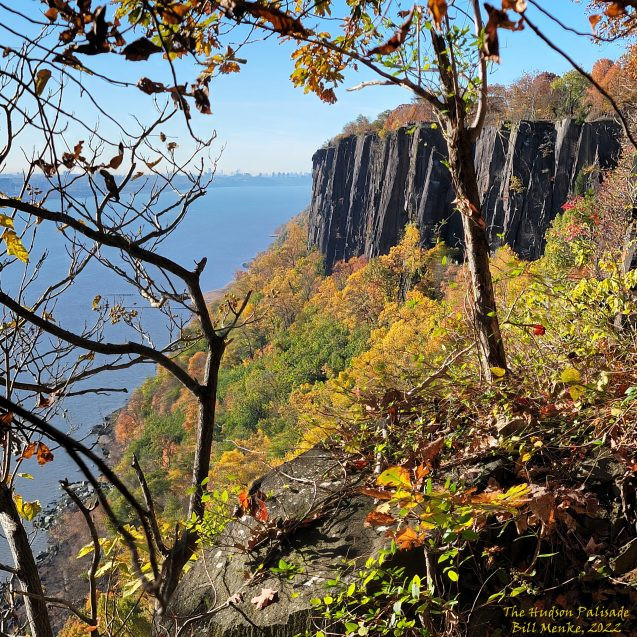
The Hudson Palisade at the New York-New Jersey State Line, October 30, 2022. Credit: Bill Menke, Lamont-Doherty Earth Observatory
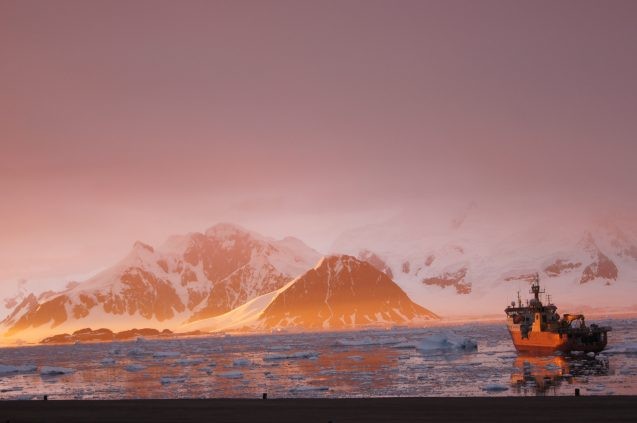
Sunset on the research vessel/icebreaker Nathaniel B. Palmer at Rothera Station, British Antarctic Survey, 2019. Credit: David Porter, Lamont-Doherty Earth Observatory
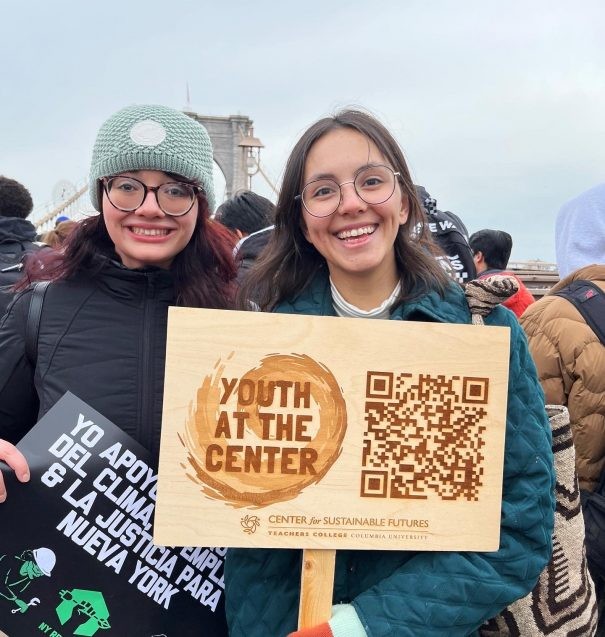
Doctoral student Christina Torres and MA student Maria Huertas-Trujillo at Global Climate Protest, New York City, March 2022. In a project called “Youth at the Center,” the Center for Sustainable Futures at Teachers College, Columbia University, conducts research with and about youth climate activists, including asking youth activists about their motivations and goals. Credit: Oren Pizmony-Levy, Center for Sustainable Futures

Wood anatomy of Amburana cearensis, as seen under a microscope. Sample collected at Madidi National Park, Bolivia (2019). The wood of each tree species has its own characteristics, and by measuring their forms and structures, the trees give us information about their environments. Credit: Rose Oelkers, Lamont-Doherty Earth Observatory
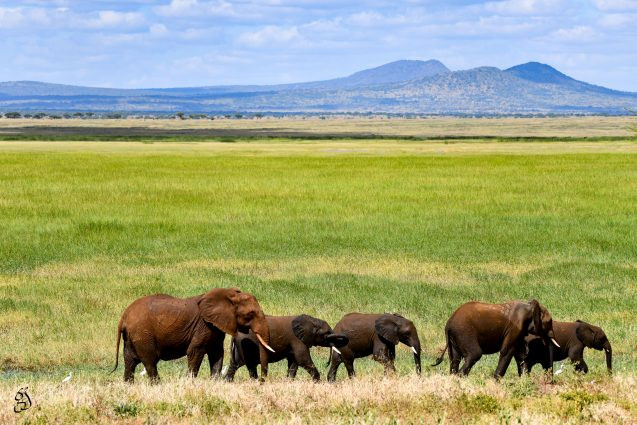
Elephants at Tarangire National Park in Tanzania. This picture was taken in July 2019. Credit: Gautam Jain, Center on Global Energy Policy
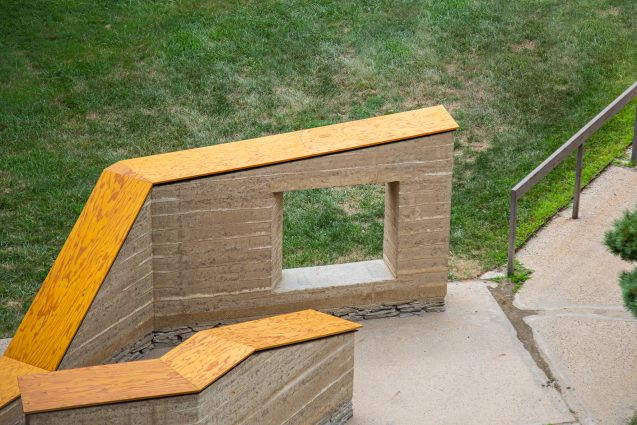
Farm to Building is a design/build installation on the Lamont-Doherty Earth Observatory campus that uses raw earth as an architectural material to confront terrestrial processes of material extraction and human labor. Credit: Lola Ben-Alon, GSAPP Natural Materials Lab
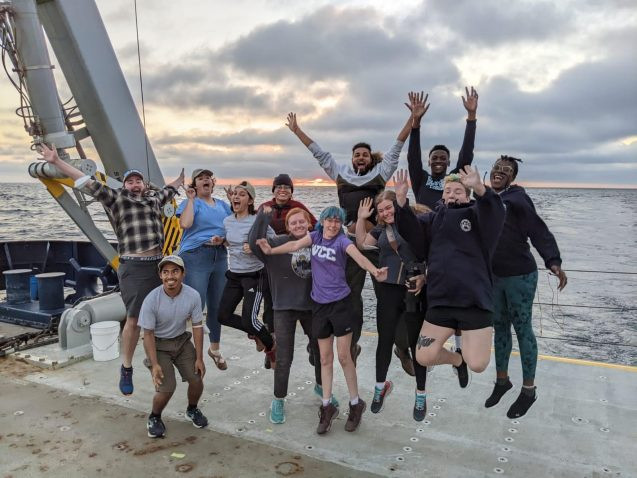
Launched in 2016, STEMSEAS brings diverse undergraduates out on the open sea. At the heart of STEMSEAS is a commitment to engage underrepresented students in the geosciences. Here, 2022 STEMSEAS participants on the R/V Sally Ride. Credit: Sharon Cooper, STEMSEAS and Lamont-Doherty Earth Observatory
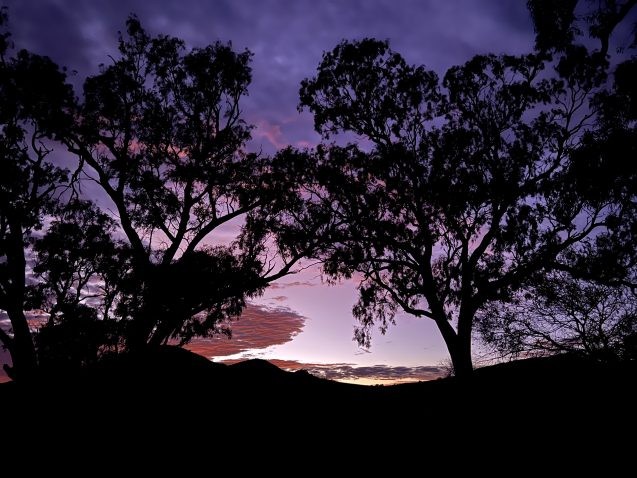
Dawn at Douglas Hut in the northern Flinders Ranges, Australia (July 23, 2022). Eucalyptus trees survive along the mostly dry river beds, fed by occasional downpours during the summer monsoon. Credit: Nicholas Christie-Blick, Lamont-Doherty Earth Observatory
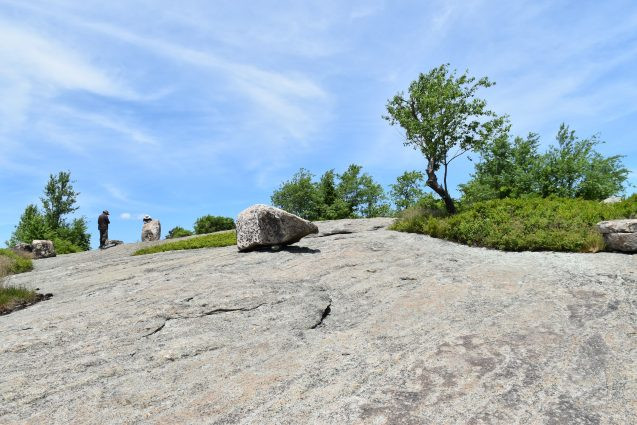
At Black Rock Mountain near New York City, precariously balanced boulders dropped by glaciers at the end of the last ice age may hold clues to the maximum size of earthquakes in the region. Credit: Kevin Krajick, Columbia Climate School
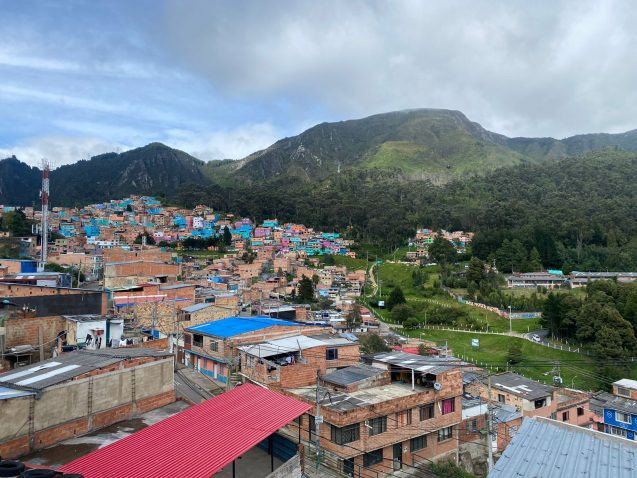
Researchers are studying how built and natural environments interact as leaders seek peace in the Andean region of Colombia (May 2022). Credit: Joan C. Lopez, Advanced Consortium on Cooperation, Conflict, and Complexity
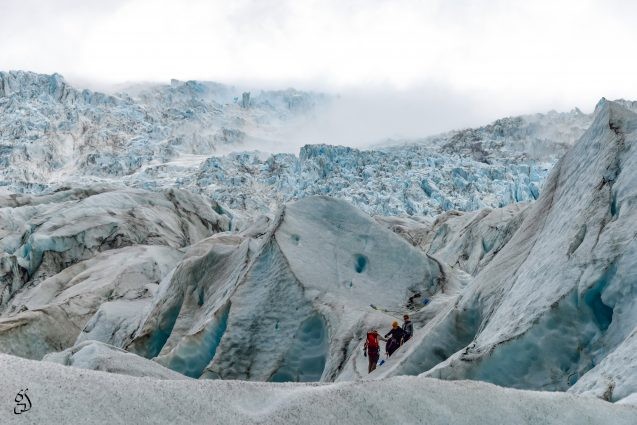
Vatnajökull glacier in Iceland. The dense ice reflects blue and cyan, resulting in a beautiful color. The dark particles on the ice are volcanic ash from past eruptions. This picture was taken in July 2018. Credit: Gautam Jain, Center on Global Energy Policy
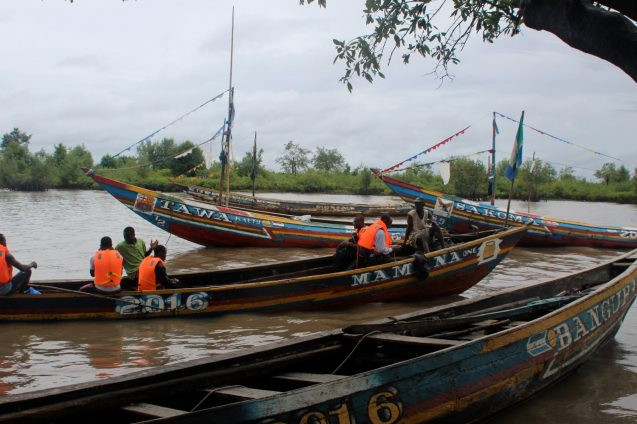
Forestry experts leaving to conduct an inventory of nearby mangrove forests. Some coastal villages are only accessible by boat. Sierra Leone, 2016. Credit: Sylwia Trzaska, CIESIN
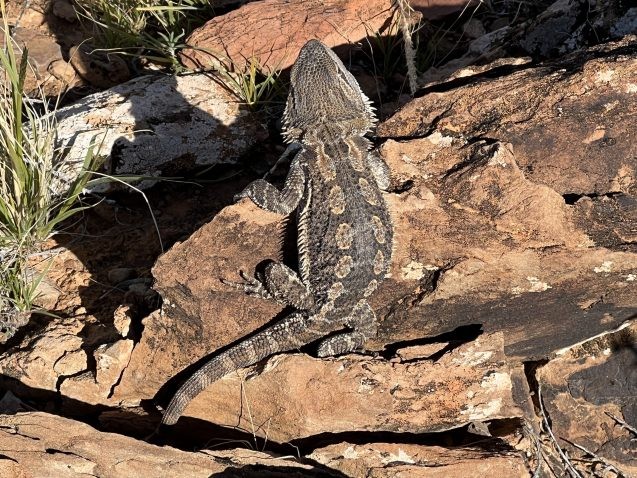
The bearded dragon is a common reptile in the northern Flinders Ranges, Australia. This photo was taken in June 2022. Credit: Nicholas Christie-Blick, Lamont-Doherty Earth Observatory
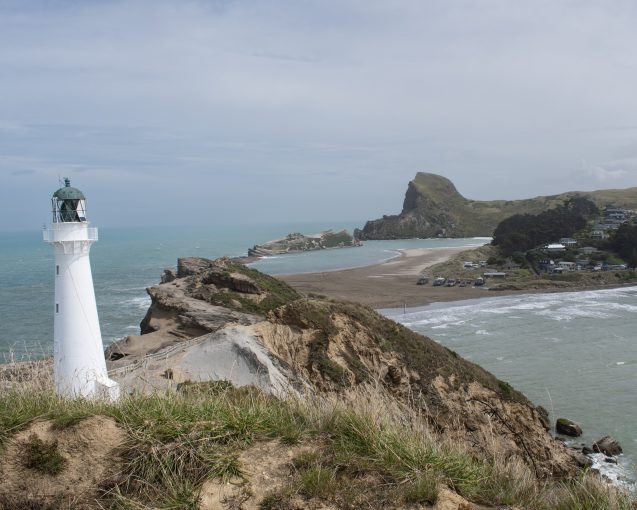
Castlepoint Lighthouse in Castlepoint, New Zealand 2023. Credit: Stephen E. Cox, Lamont-Doherty Earth Observatory
